In Celebration of the 50th Anniversary of the West 102nd & 103rd Streets Block Association
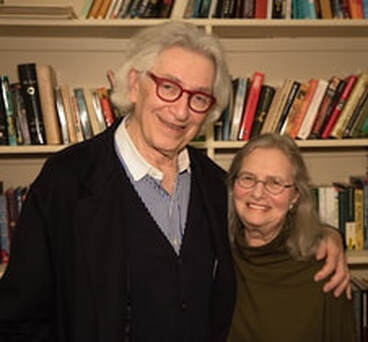 Recalling dear friendships, Ted and Asya Berger tell our origin story.
Recalling dear friendships, Ted and Asya Berger tell our origin story.
It is a very rare pleasure to meet people like Asya and Ted Berger whose zest for community and sense of history and rootedness in Bloomingdale are as strong as ever. At the March 2021 Block Association meeting, which due to the pandemic, was held virtually, Asya and Ted gave a loving talk about the early days of their lives on W. 103rd Street and the community members -- some larger than life -- who came together to build this association. It was so well received, that we caught up one recent weekend and recorded it for the blog. And so, it is my pleasure to give you this recording of Asya and Ted reprising their slideshow and remembrances. For those of you reading in an email subscription to the blog, click on this link for the embedded video. For those of you who prefer to read, scroll down for the transcript and images.
The Bergers have the gift of making even newcomers nostalgic for a freewheeling time when lives were lived on stoops, chatting up neighbors, and in basements planning for big events with a sole purpose of weaving the fabric of a community.
The Block Association is 50, and you can show your love by making a contribution here.
Enjoy this trip down Bloomingdale's Memory Lane! And remember, if you cannot see the video, click here or scroll down for a transcribed version of their live presentation.
Thinking about these years is somewhat like starting a Proustian Journey. It’s like eating a madeleine and remembering things past. It’s hard to believe it’s been fifty years since a founding group had the smarts and vision to get the Block Association going.
Please forgive us if, as we reminisce, we haven’t given equal time to both 102nd and 103rd St. or West End. We suspect we’ve thought a bit more about 103rd St. because that’s where we live. Forgive us as well if we don’t mention all the people and events we know we should, and we apologize if we get any facts and names wrong. (After all, we’re not historians – and at this stage in our lives, we’re lucky we remembered to show up today!)
We also regret we’ll probably be reading too much, but my tech skills leave much to be desired, and I couldn’t figure out how to turn the computer into a teleprompter.
Also, we apologize for the quality of many very old photographs. I’m not much of a photographer either.
As Asya and I thought about all the years on these streets where we’ve been fortunate to live so long, we’ve been flooded with memories of some of the dearest people we have ever known. To us, this trip down memory lane is not only the story of these streets; it’s the story of people –and how people can effect change and, most especially, how our friendships turned to love and will be forever with us.
We’ve lived on 103rd St. for nearly 57 years.
Right after we were married, we moved to 103rd St. in the fall, 1964 – first renting at 305; then, in 1971, we moved next door to 303 –renting first the ground floor floor-through; then, when we purchased the building with another couple in ’74, creating the duplex where we still live with our current upstairs neighbors, Peter Frischauf and KC Rice, who in 1982 bought their share from our original partners. As you may know, Peter and KC have worked hard on the 103rd St, Open Street Project and the recent terrific celebration of Earth Day.
ASYA: When we lived at 305, one day we were fortunate to meet a neighbor, our beloved Donna Lavine, who lived with her husband Mel in the floor-through next door, where we now live. Little did we know then – on the day we met Donna – how our lives would forever change, how her friendly “hello” destined us to become “family.”
Donna and Mel had moved to the block a few years earlier when he attended Columbia’s Journalism School. He then became a producer on the Today Show. Donna soon introduced us to another couple in the neighborhood, Len and Cherie Tredanari, who had moved to the block in 1954 with their two children, Adriana and Gregory. A few years later, they bought the brownstone at 307 W. 103rd.
TED: If you know anything about the history of NYC in the 60’s and 70’s, you may know that West Side was then very different from what it has become. The setting for the musical “West Side Story” is where Lincoln Center is now. What is now known as the Lincoln Square neighborhood was formerly San Juan Hill. The construction of Lincoln Center was an urban renewal project spearheaded by Robert Moses.
The "West Side Story,"
"Something's Coming..."
102nd and 103rd were really beautiful streets. Tree-lined, anchored by large apartment buildings at the corners, such as the well-known landmarked Master Apartments and the Candela buildings at 865 and 875 West End. Brownstones were in-between; many – like our row of brownstones where we live, built in 1895. The subway and the Park were nearby. We all knew we lived in a special neighborhood, yet we were very much aware we were in the midst of an economically challenged city at the time, with growing crime, racial tensions, and an increasing decline in the general quality of life.
But we really loved the neighborhood!
Technically, Asya and I are not actual founders of the Block Association. Before we became involved, a few neighborhood veterans started meeting and decided, if the neighborhood was going to thrive, the formation of a block association was needed. And so in 1971, the 102nd-103rd Block Association came into being.
Originally planned to meet the common need and interests of the people living between Broadway and Riverside Drive and West End Ave, between 102nd and 103rd Streets, the association’s steering committee voted to include 102nd St. The interest expressed by the residents of 102nd St. have been overwhelming and pooling our resources will certainly strengthen the association.”
Existing Committees at that time were formed: Social Committee, Ecology, Safety, Housing, General Membership. The first Co-Chairs were Carol Goldstein and Ed Warner.
We found the above article in the archives of the Block Association’s newsletters (thanks to Ginger Lief!), so we just want to take a moment to mention how the Block Association’s continuing publication of the newsletter – and now our website - have been so vital to our sense of community all these years. We salute all the editors and writers throughout the years who’ve kept up the communication, letting us know what we need to know about each other and our blocks . We especially want to thank our present newsletter group, now spearheaded by Hedy Campbell.
ASYA: But back to the start –
One of the newly formed Block Association’s first victories came in the Fall, 1971 when 11 new trash baskets were placed on all the street corners. Of course, chains had to be attached to discourage stealing.
Because of the common concerns about safety, one of the Block Association’s primary goals was to raise money to hire a security guard for the area. Similarly, in these years, much effort went into raising money to get better lighting in the area.
We want to highlight some events in these early years which brought attention to our blocks and became cornerstones of some of our present activities.
A few years after the Block Association started, a prime strategy emerged to both bring people together and to raise money for the block association’s commitment to guard service - the development of our first ever block party. In those days, block parties and street fairs were not as common as they now are.
After a number of block parties were held, a group of us decided we needed to make an even greater impact. We were determined that our block parties should be something people would remember. We recall forming a Planning Committee of the Block Association, including Len and Cherie Tredanari, Ginger Lief, Jennes Eertmoed, Joe Hussey, John and Liz Berseth, Edna Guttag, Gertrude Ellis, and the two of us.
The basement of our brownstone served as headquarters. Week after week we created booths, painted signs under Cherie Tredanari’s artistic expertise; we joked and laughed, and always shared a glass or two or three of Tred Red, the homemade red wine, Len Tredanari joyfully made in the cellar of their house at 307.
Indeed, one of the most successful booths at every block party in those early years was the annual one in front of the Tred’s house. Using multiple grills, we grilled many, many Italian sausages with peppers and onions on rolls. As an extra bonus you could sample some Tred Red. Of course, this probably wasn’t legal, so naturally, there was always a long line waiting. We brought in a lot of money.
ASYA: One of our blocks’ major cultural assets at that time was the Equity Library Theater (ELT), a showcase for acting and theater talent, located in the auditorium of the Masters Institute since 1961 through its final season in 1989. (In fact, one of our son’s first jobs was as an usher at the theater when he was 7 or 8.)
The Block Association began a collaboration with ELT for the next few years as we developed our Block Parties. One year we focused the block party on celebrating George and Ira Gershwin who lived on 103rd St. near Riverside. ELT organized an array of talent throughout the day to sing and play a great range of Gershwin songs.
The block party drew a large crowd. People loved it. We were a hit! And we made money too. The Block Association’s reputation started to grow, for both people in the immediate neighborhood and for people in the surrounding area
TED: Here are some pictures from various block parties from 1977-1986.
Our block parties continued to bring in the revenue we needed. Moreover, they were important community events bringing us all closer. Admittedly, these were big productions that required a lot of volunteer effort.
There were some other Block Association program/fundraising highlights we remember in these early years.
In 1973, Fred Fried, who lived in 875 WEA, presented a slide lecture, “How the West Was Won.” Fred, a Smithsonian Fellow and NY historian and author, told the history of the West Side from 1810 to the present.
In 1975, Gretchen Cryer, our neighborhood award-winning theater artist and writer who lives in 885 WEA, produced the “Best of the West.” This musical showcase brought together celebrated performers in the neighborhood and on the West
Side for the benefit of the Block Association.
The Block Association also produced a successful Cookbook in the late 70’s, gathering recipes from residents in the area.
ASYA: Another equally important community-building event that started perhaps 40 years ago is our now famous Halloween Parade. Originally it was a small event so the kids in the neighborhood would have an opportunity to show off their costumes. We seem to recall the Halloween Parade was Cherie Tredanari’s brainchild. A few tables were set up on WEA between 875 and 865; members of the block association board handed out doughnuts and apples. The kids then circled around showing off their costumes. Everyone in costume won a prize.
Over the years, as the number of kids grew larger and larger, it was a challenge for the judges to have enough categories so that every child could be recognized. As the event grew, more apples and doughnuts were needed; people agreed to bake cakes and cookies. Cherie and I spearheaded a crew to assemble packages of treats long before the event itself. Then, along with others such as Mildred Speiser, we sat at a long table, distributing the treats so everyone came away with something.
TED: As you may have gathered, our beloved friends, Len and Cherie, were mainstays of our neighborhood. Len, who liked to think of himself as the Mayor of 103rd St., knew everyone. Cherie adored this neighborhood and took enormous pride in what she and Len had done to make this area more liveable and friendly. The day her sculpture was installed on the median strip at 106th and Broadway, where it still remains, may have been one of the proudest days of her life. How appropriate it is that with the Block Association’s leadership, a memorial bench on the upper level of Riverside Park near 103rd St., overlooking our streets, was dedicated in their honor in recognition for all they did for all of us. The plaque below reads, "Len and Cherie Tredanari – For what they gave our neighborhood…They love life, family, friends, food, wine, art, and this park --- Always, Our Treds."
Accordingly, the Coalition was named the Bloomingdale Area Coalition, and we started getting more attention from elected officials, city agencies, and the police precinct.
As indicated earlier, in the early 70’s when the Block Association was formed, certain streets were really rough. The lower part of 103rd St,, between West End and Broadway, then had two of the worst SRO’s (Single Room Occupancy) buildings in the city. The past glory of the Marseilles Hotel had deteriorated significantly and parts of it burned-out. The Alexandria had become a haven for drug dealing and crime.
The Block Association was determined to do something about this. Accordingly, when we learned that the West Side Federation for Senior Housing (WSFSH) might possibly be interested in developing the Marseilles into senior housing, we decided to try to help to make this happen. WSFSH needed funds to engage legal support for this transition. Accordingly, the Block Association committed itself to a grassroots fundraising campaign to help. We organized teams of people to be at the subway each morning and evening asking for donations towards this effort. People also did this going door to door in their apartment buildings. The funds raised and the support of the Block Association were vital to the eventual successful transformation of the Marseilles.
TED: Over these 50 years the Block Association has been a constant, despite the transition of many buildings from rental apartments to coops, despite the many changes that happened in our neighborhood, despite how often the streetscape on Broadway has changed!
When we first came to the neighborhood, on the northwest corner of 103rd St., for example, Mr. Abolafia had a wonderful flower stand there for many years. Directly across the street, where Subway used to be and where the Purple Circle Nursery School will soon be, there was a coffee shop, the Red Chimney. Where Janovic’s was until recently, there used to be Lamston’s, our local five and dime store that sold everything. On the West Broadway block between 102nd and 103rd, there was a Chinese restaurant, the Harbin Inn. Some of you may recall the fact that the Tredanari’s son, Gregory, opened a cheese and pasta store and restaurant where Café du Soleil is now located.
On the east side of Broadway between 103rd and 104th was the Edison Theater, a movie theater built in 1913, where for most of its life it showed second and third run double bills, occasionally first runs. In the late 60’s it showed films with Spanish subtitles, then all Spanish films. It was eventually demolished to build the new apartment building there. On the same block, at the southeast corner of Broadway and 104th St., now the location of City MD, is one of the extraordinary architectural treasures of our area, a former Horn and Hardart Automat which closed in 1953 and was declared a NYC Landmark in 2007. The building’s fanciful Art Deco ornamentation was covered over for many years until it was uncovered when City MD moved in.
We love knowing that Humphrey Bogart and George Gershwin and the award-winning composer, Charles Wuorinen lived in this area! We take pride that Norman Rockwell lived nearby, on 103rd St., east of Broadway.
But we especially value the Block Association because it’s always thinking about our blocks’ past, present, and future. We love knowing the architectural history of the buildings surrounding us, but we appreciate the Block Association is making sure our streetlamps are working so we can see our buildings. We cherish the many ways the Block Association brings us together. Our continuing Block Parties remain important community events and revenue generators – and yes, they always require a lot of work to organize them!
Besides the Halloween Parade, another signature event has become the Holiday Caroling. For nearly 40 years Anthony Belov has magnificently led with skill and style our Block annual Winter Solstice Caroling, bringing good holiday cheer and the spirit of small-town life to our neighborhood. Annually, we also celebrate our own Rite of Spring, with our own tree-well plantings, reminding us all of the beauty of nature and the importance of our trees. All of these activities shape our sense of community, helping strangers become neighbors and friends, even extended family.
ASYA: From the start we wanted our Block Association to be something special. How grateful we all are that it still remains so! It is the spirit of this community that has always made it something special!
Thanks to all the people over the years who have led the organization for all of us – and thanks to the many, many people who, under their leadership, have generously volunteered their time and energy, creativity, and support which have allowed us to get to this special anniversary moment.
TED: One of my favorite books about New York is EB White’s New York. In it, he says:
“One of the oft-quoted thumbnail sketch of New York is, of course: “It’s a wonderful place, but I’d hate to live there.” I have an idea that people from villages and small towns, people accustomed to the convenience and the friendliness of neighborhood over-the-fence living, are unaware that life in New York follows the neighborhood pattern. The city is literally a composite of tens of thousands of neighborhood units. There are, of course, the big districts and big units: Chelsea and Murray Hill and Gramercy (which are residential units), Harlem.., Greenwich Village.., and there is Radio City, Peter Cooper Village, the Medical Center..,and many other sections each of which has some distinguishing characteristic. But the curious thing about New York is that each large geographical unit is composed of countless small neighborhoods. Each neighborhood is virtually self-sufficient, usually it is no more than two or three blocks long and a couple of blocks wide. Each area is a city within a city within a city.”
No matter where you live in New York, generally you’ll find within a block or two or three, a self-contained city – more or less – with its grocery store, newsstand, cleaners, laundry, deli, flower shop, shoe repair, etc. – because there’s a critical mass who need such services.
Yes, we do live in an extraordinary neighborhood- Yes, it is like a small town.
And, as we all know, there really is no place like home!
And so, we raise a glass of – you guessed it! – Tred Red!- still lovingly made by the Tredanari Family.
ASYA: We salute those who started this Block Association.
We celebrate everyone who has worked so hard to help it flourish. We thank all those have contributed their generosity of coin, time, and spirit to keep it going.
We pass on with pride and honor the legacy of these 50 years of the 102nd and 103rd St Block Association to all those who will follow us in this neighborhood and shape its future.
Thank you all. There really is no place like home!

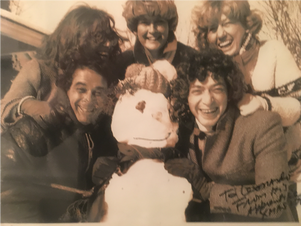
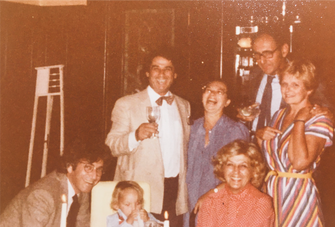
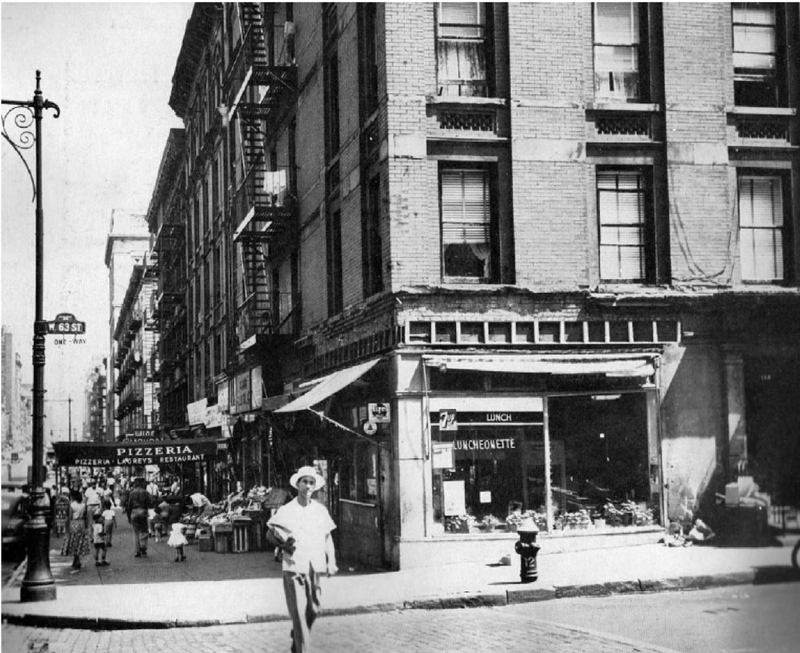
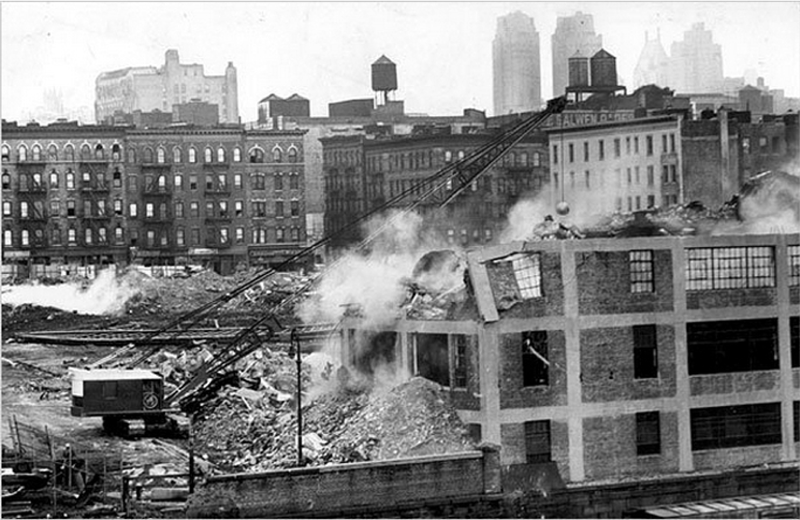
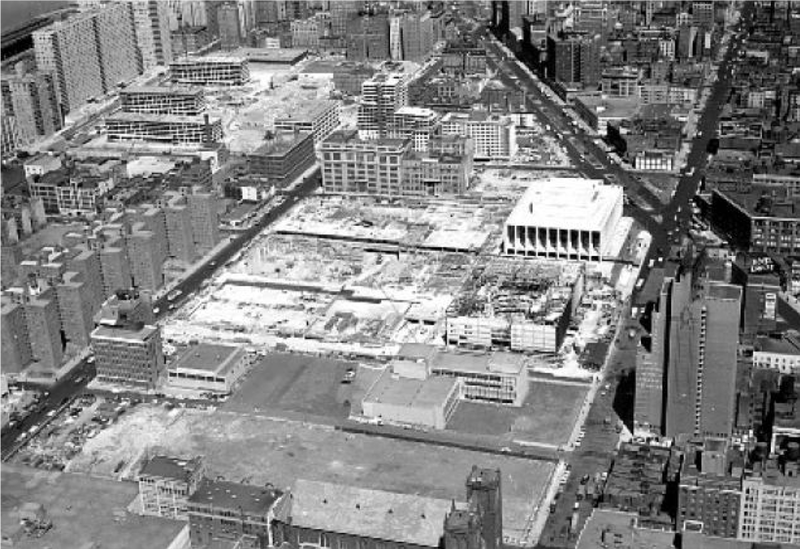
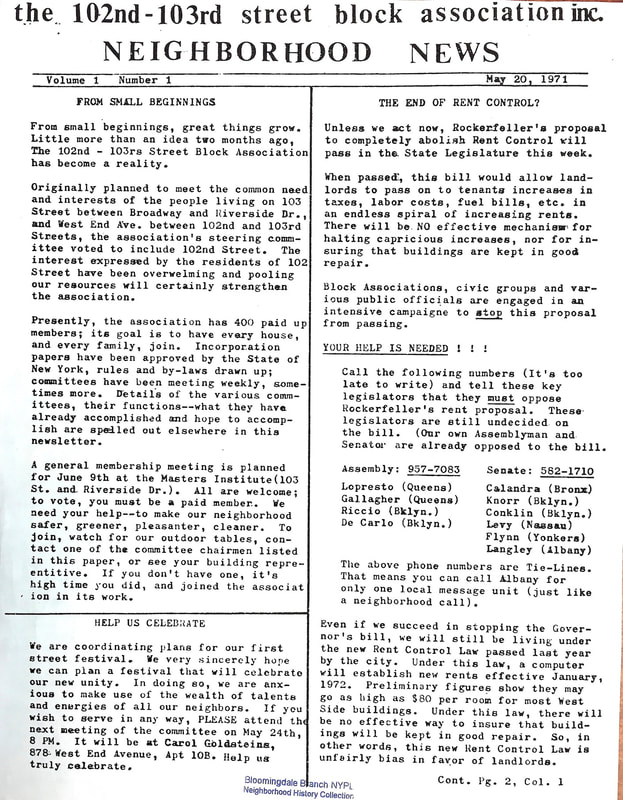
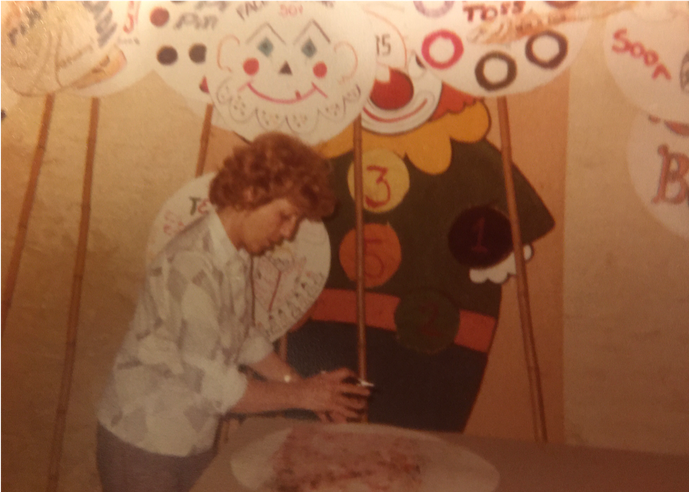
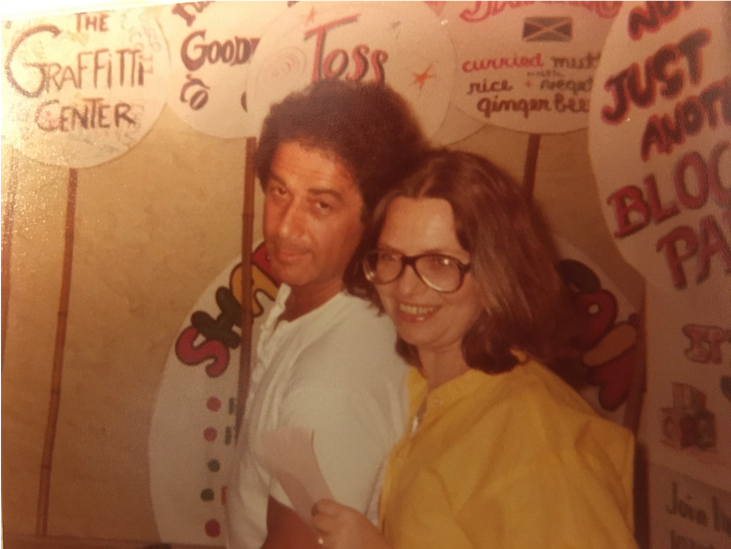
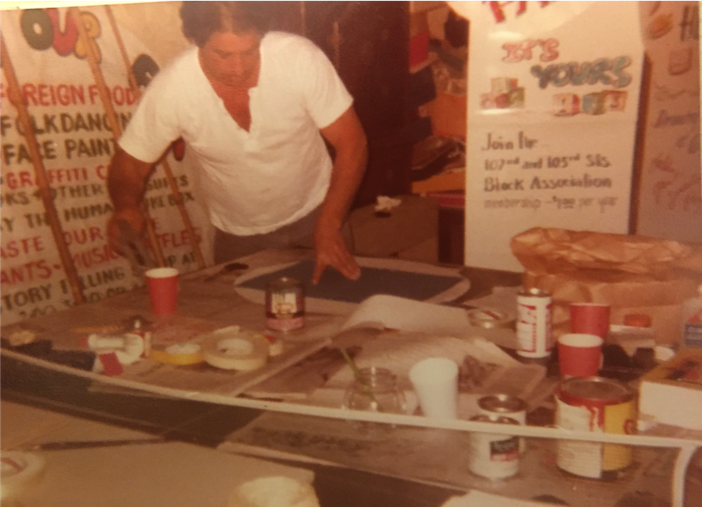
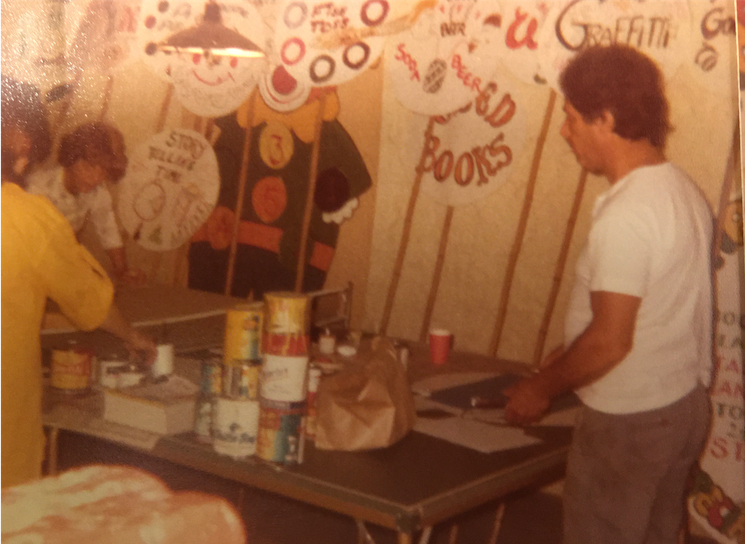
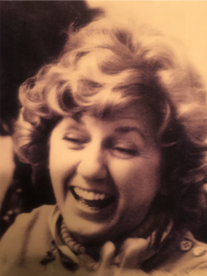

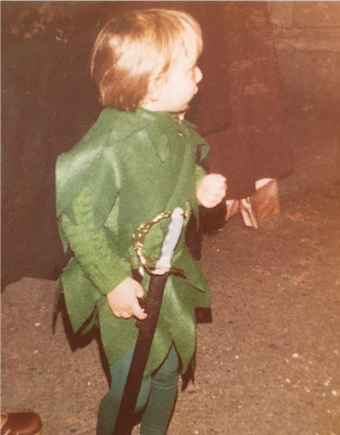
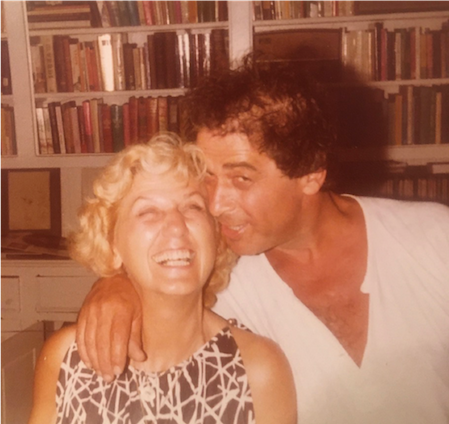
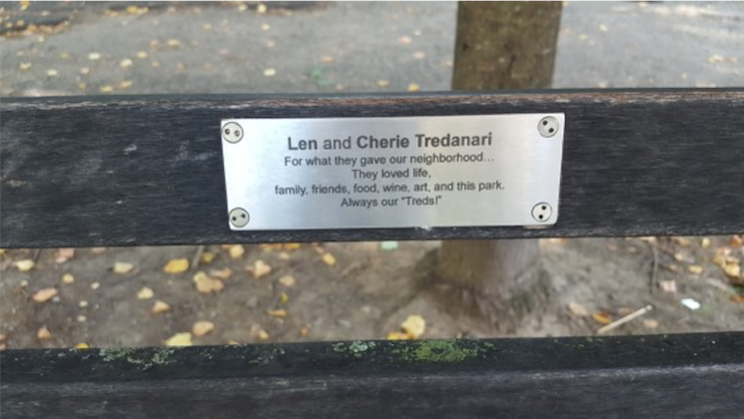
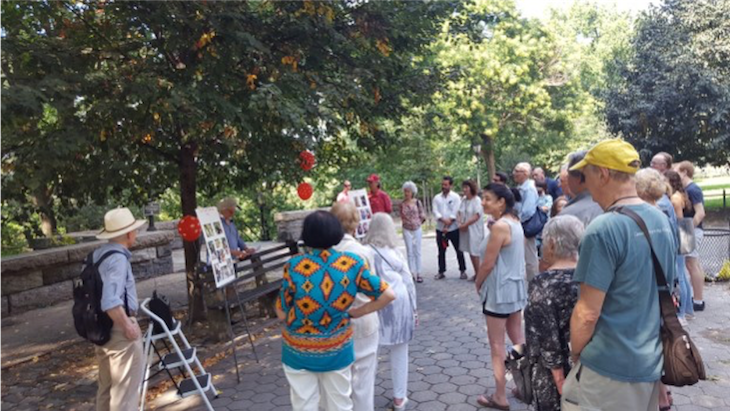
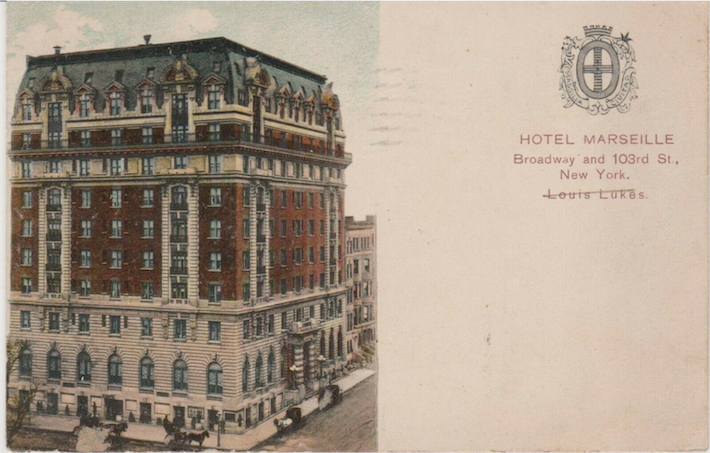
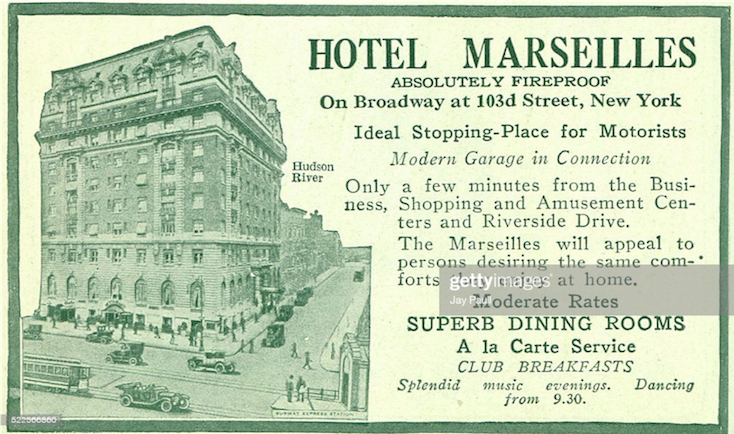
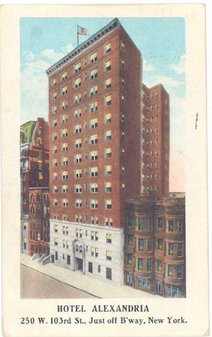
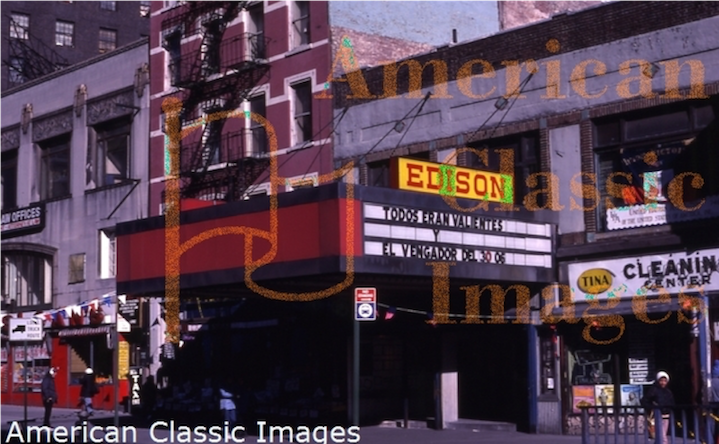
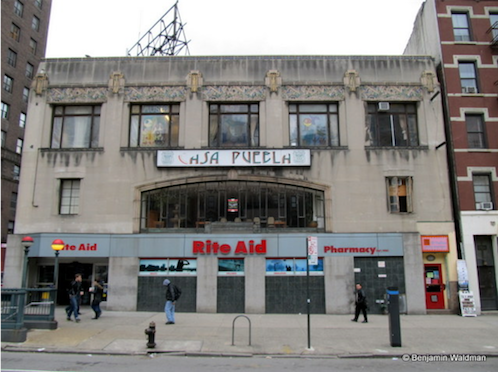
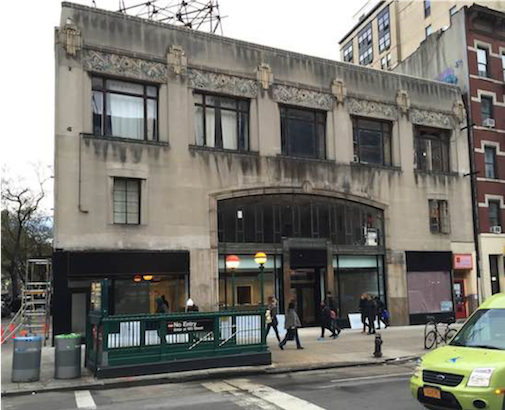
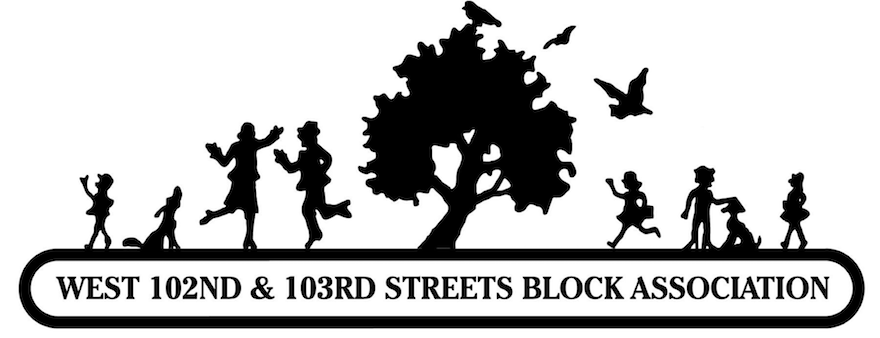
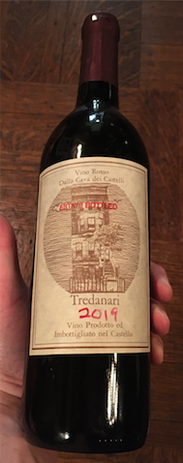
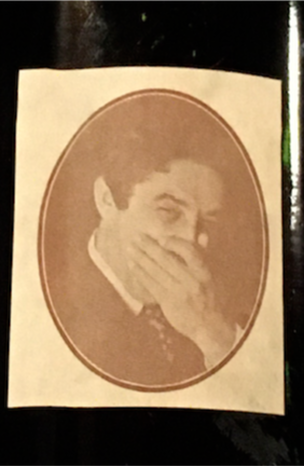
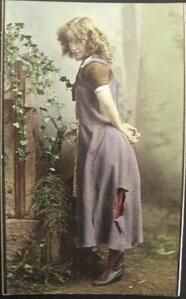
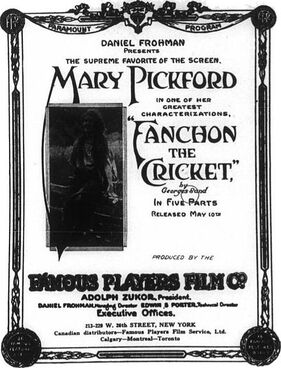
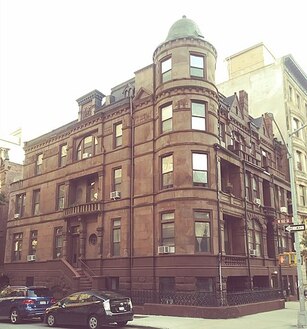
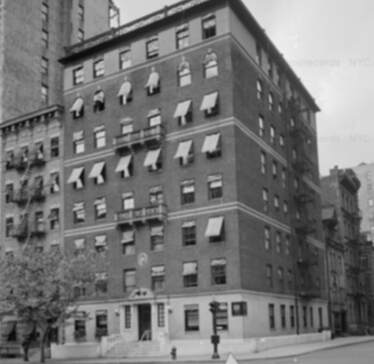
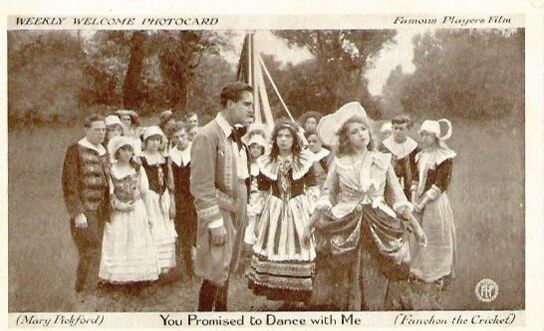
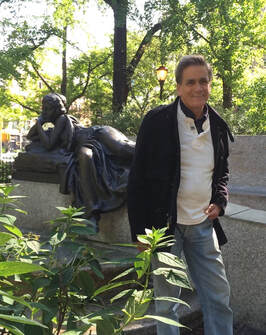
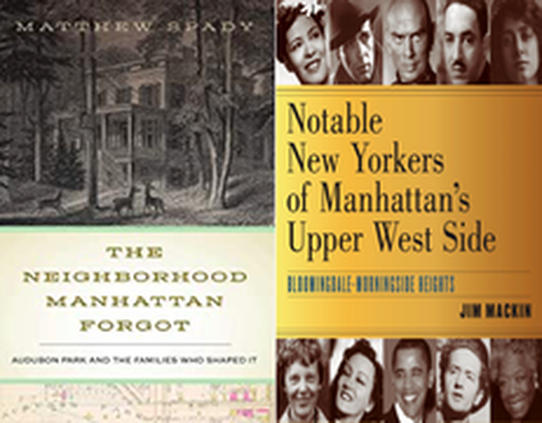
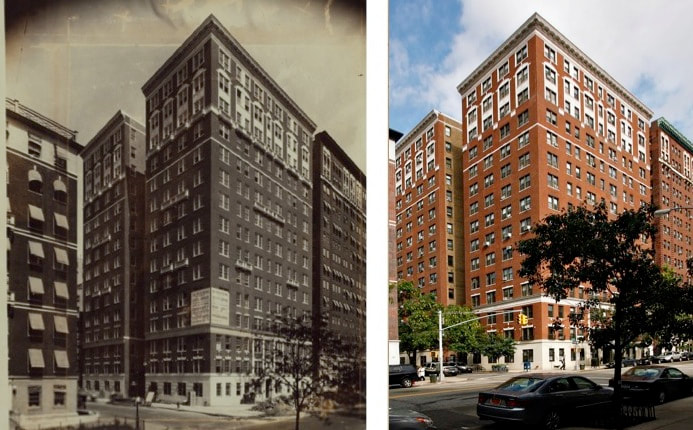

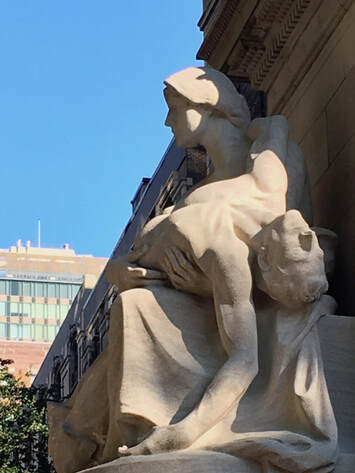
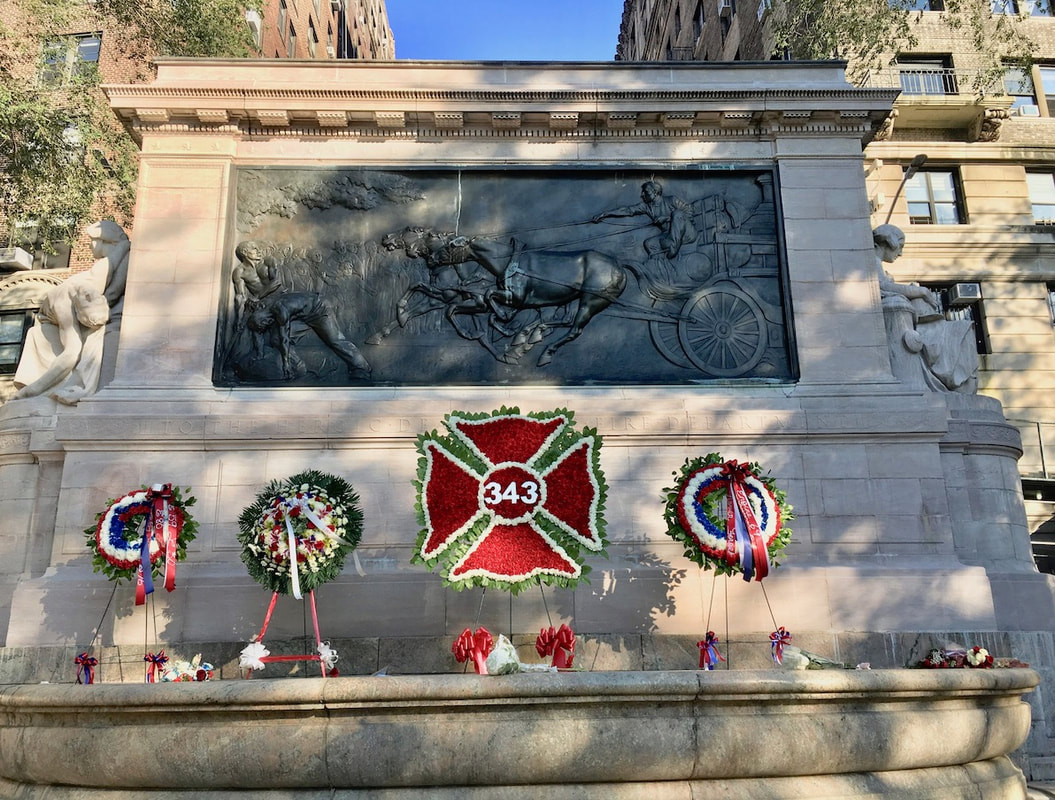
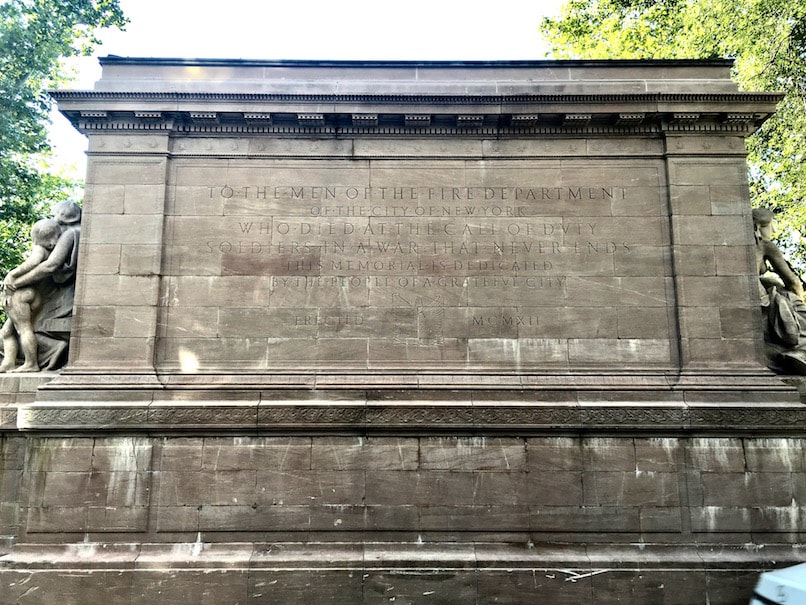
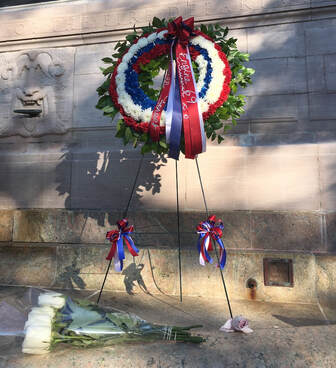
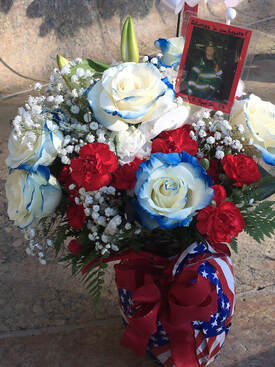
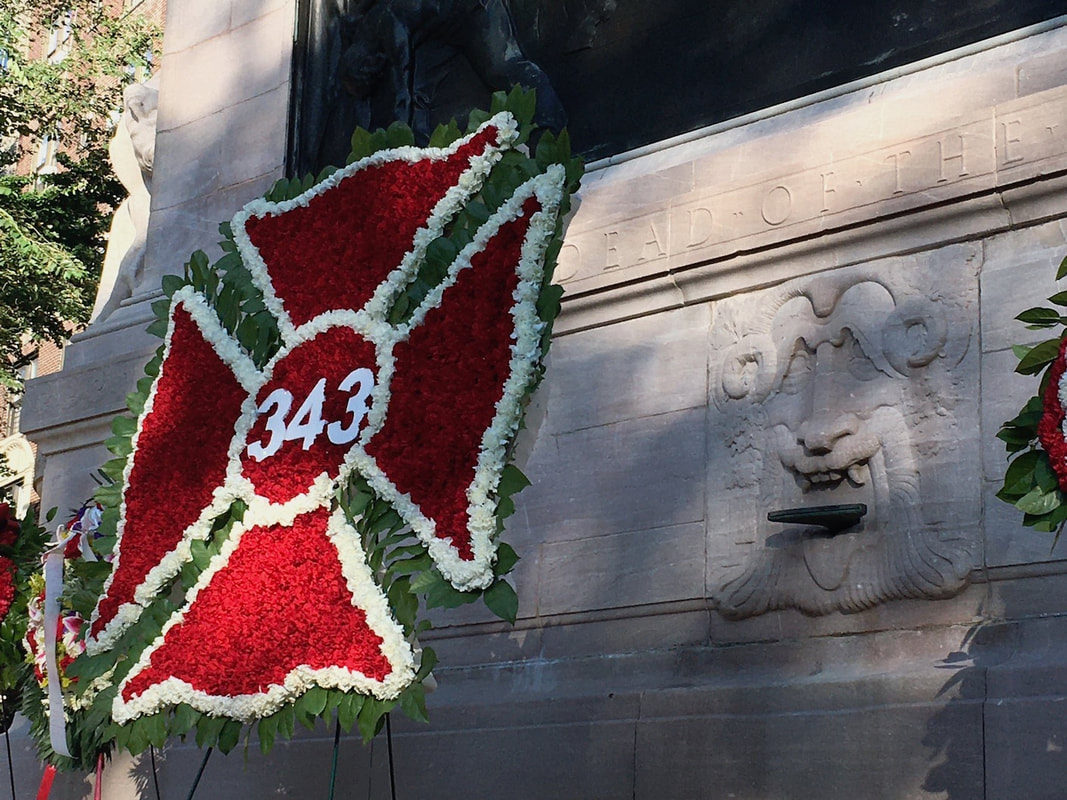
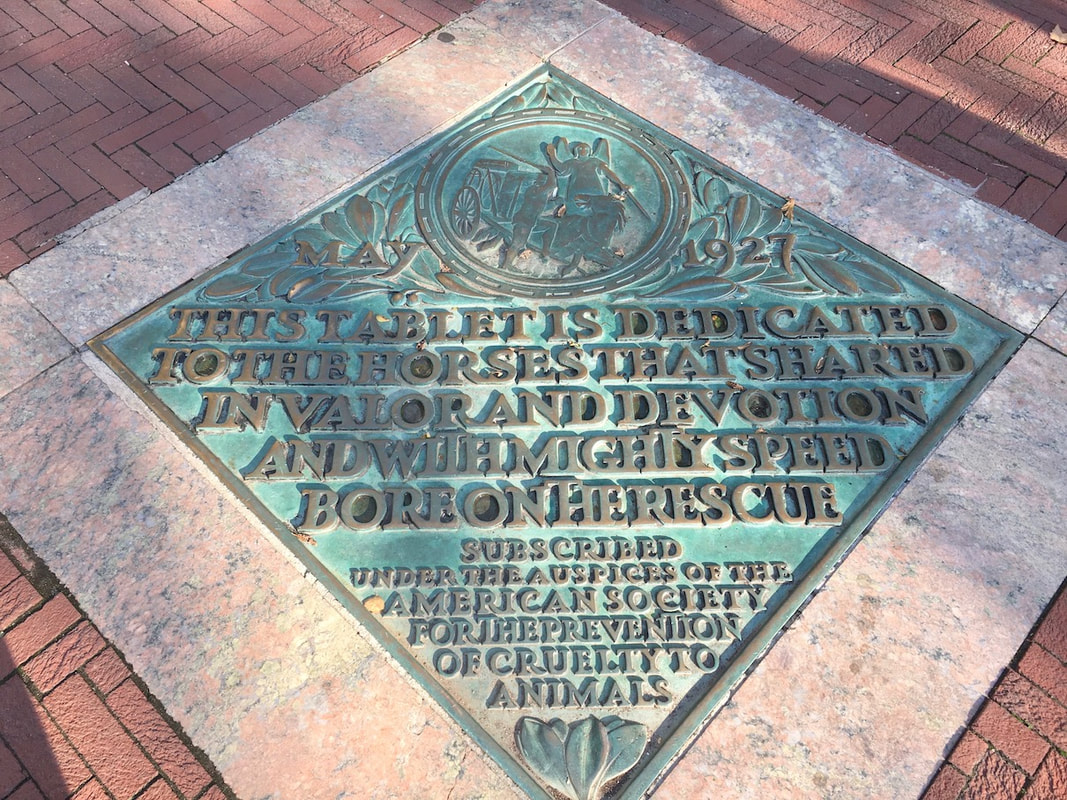

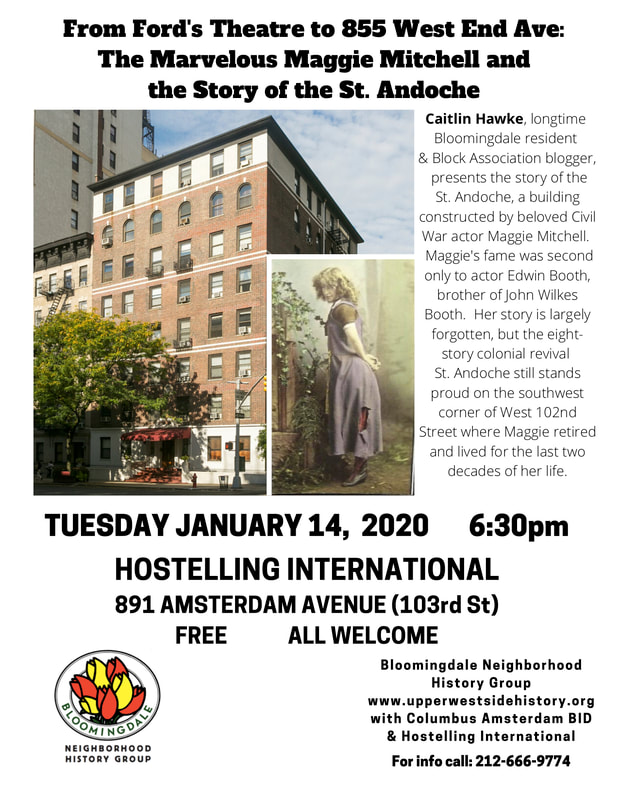
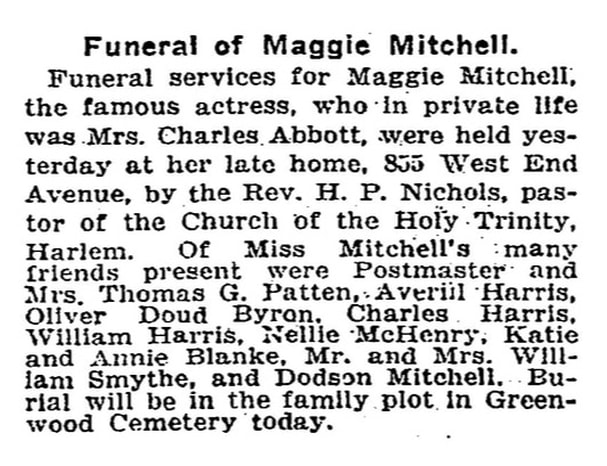
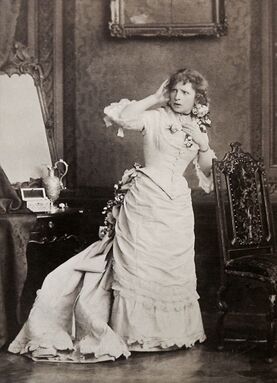
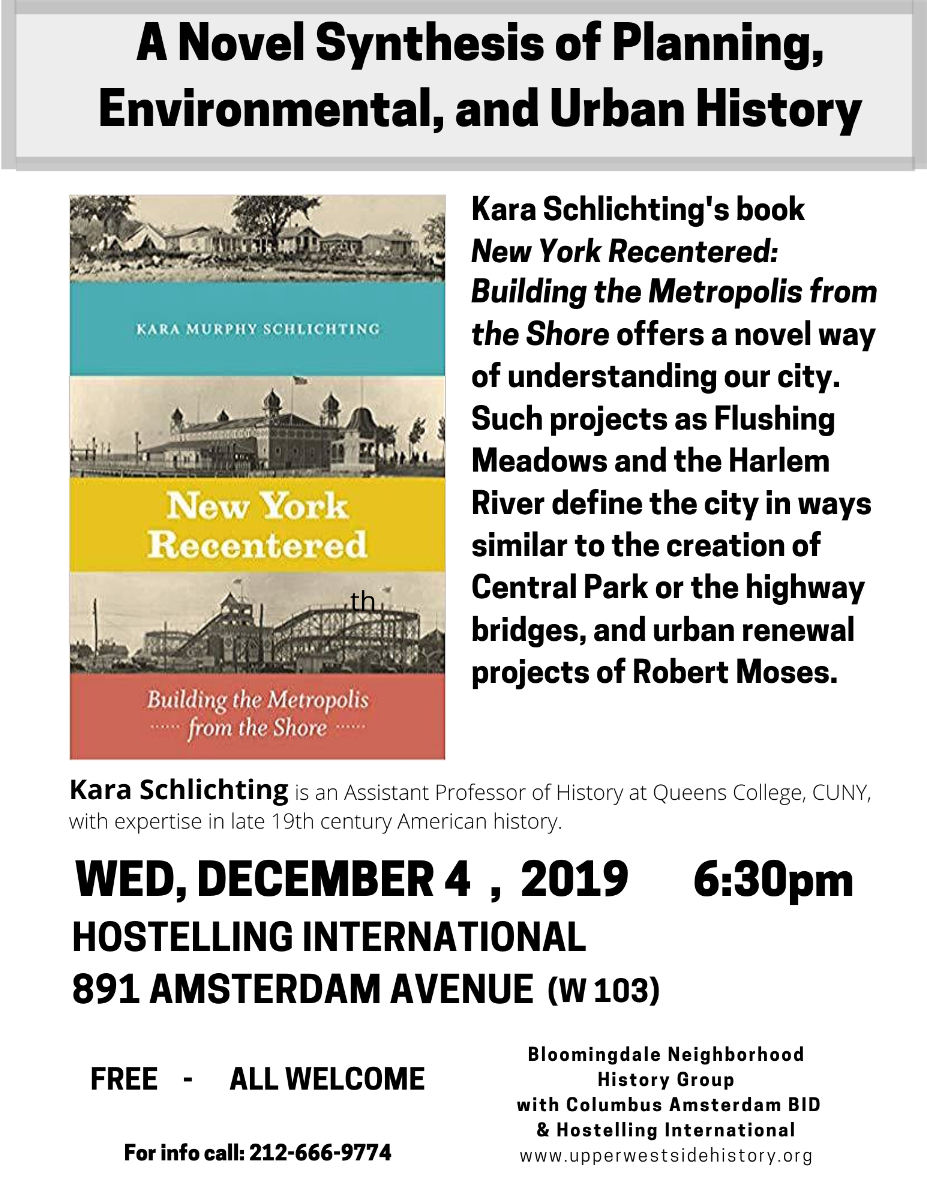
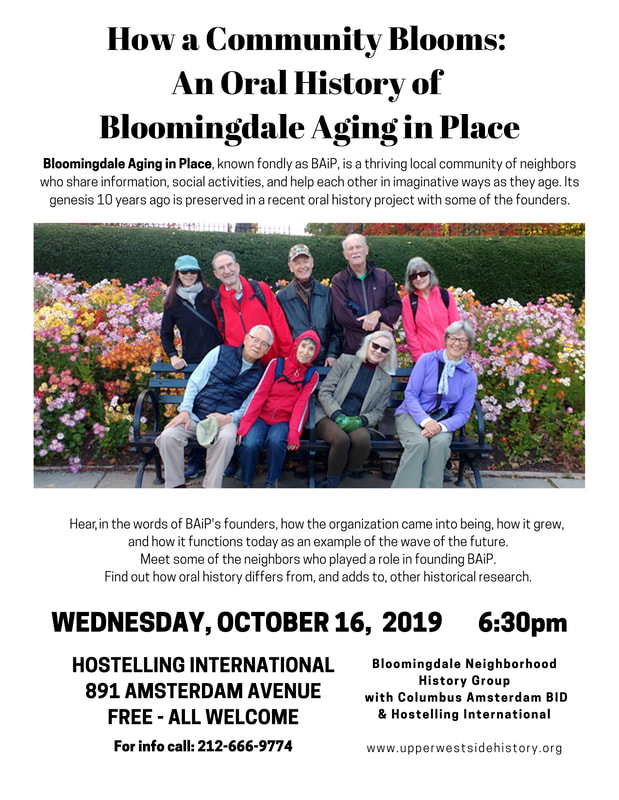
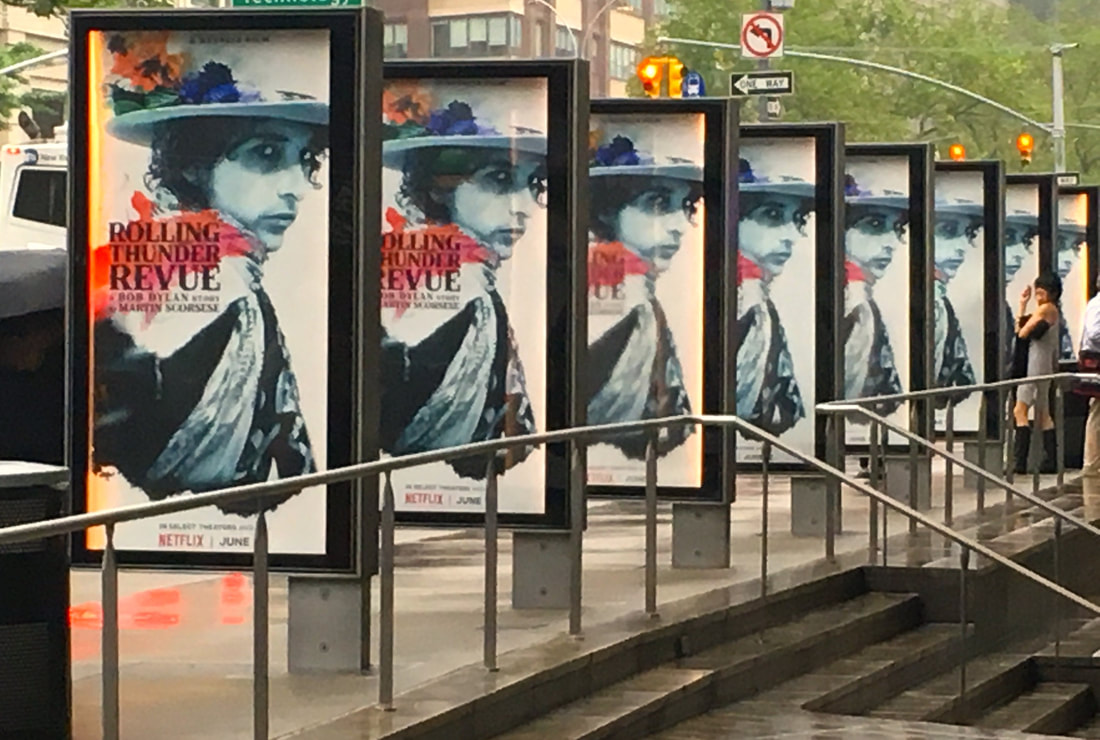
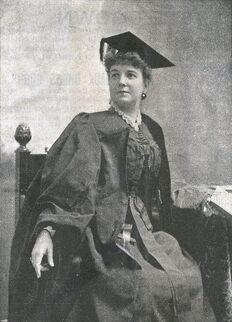
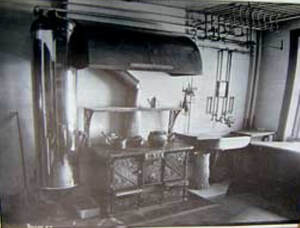
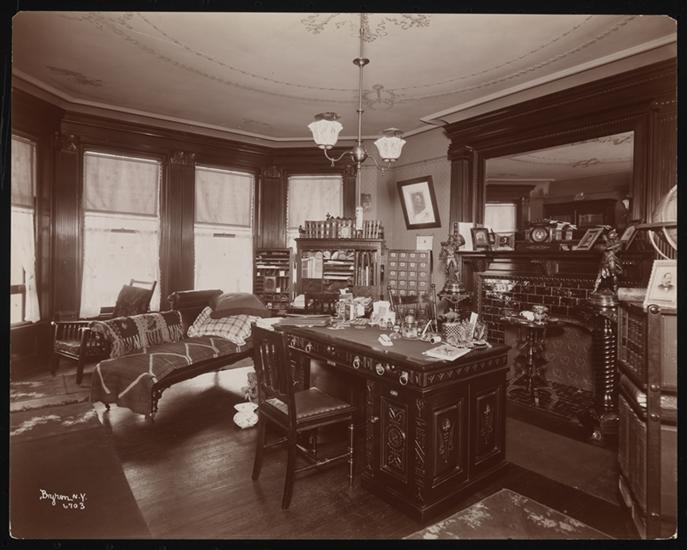
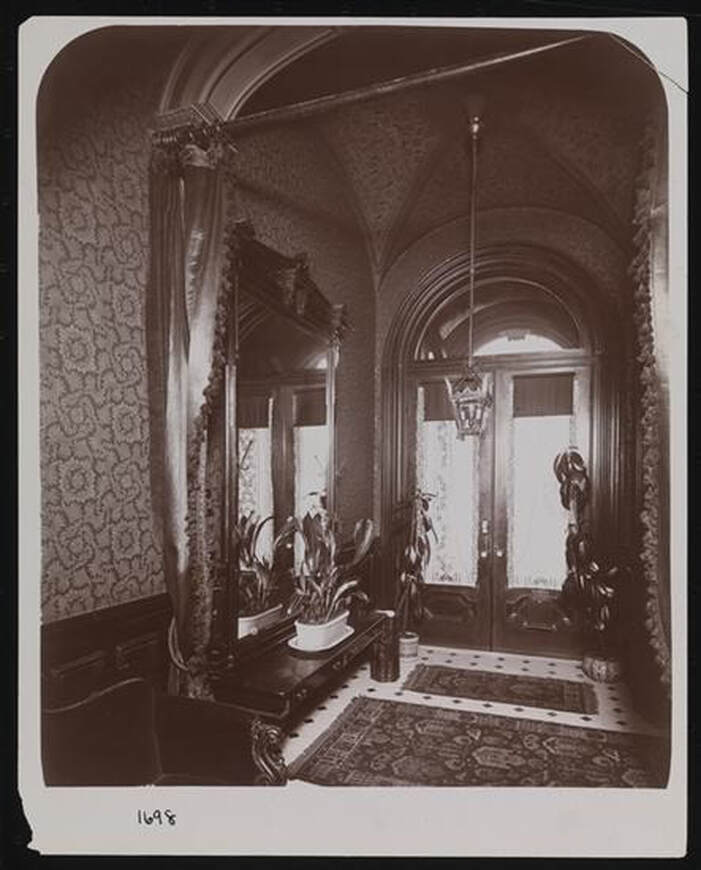
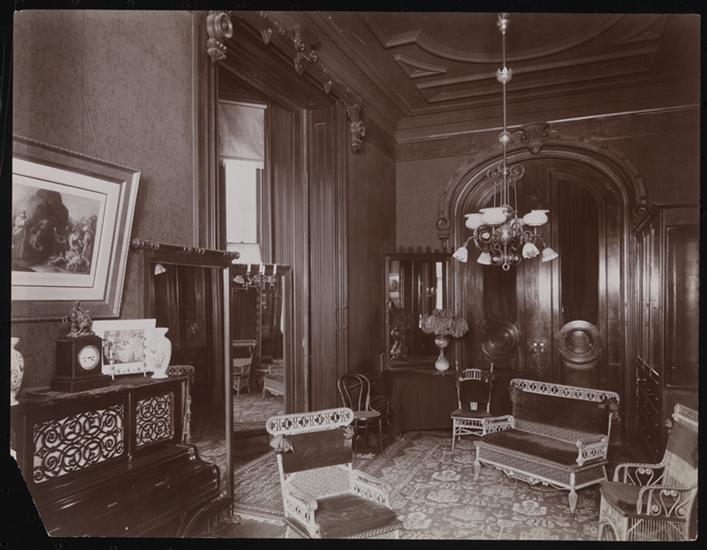
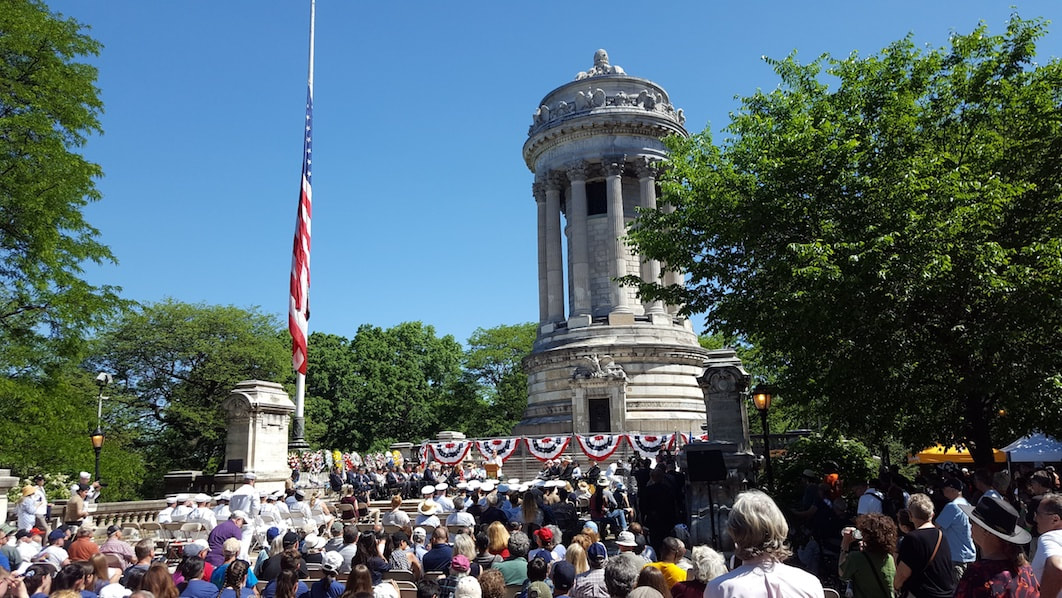
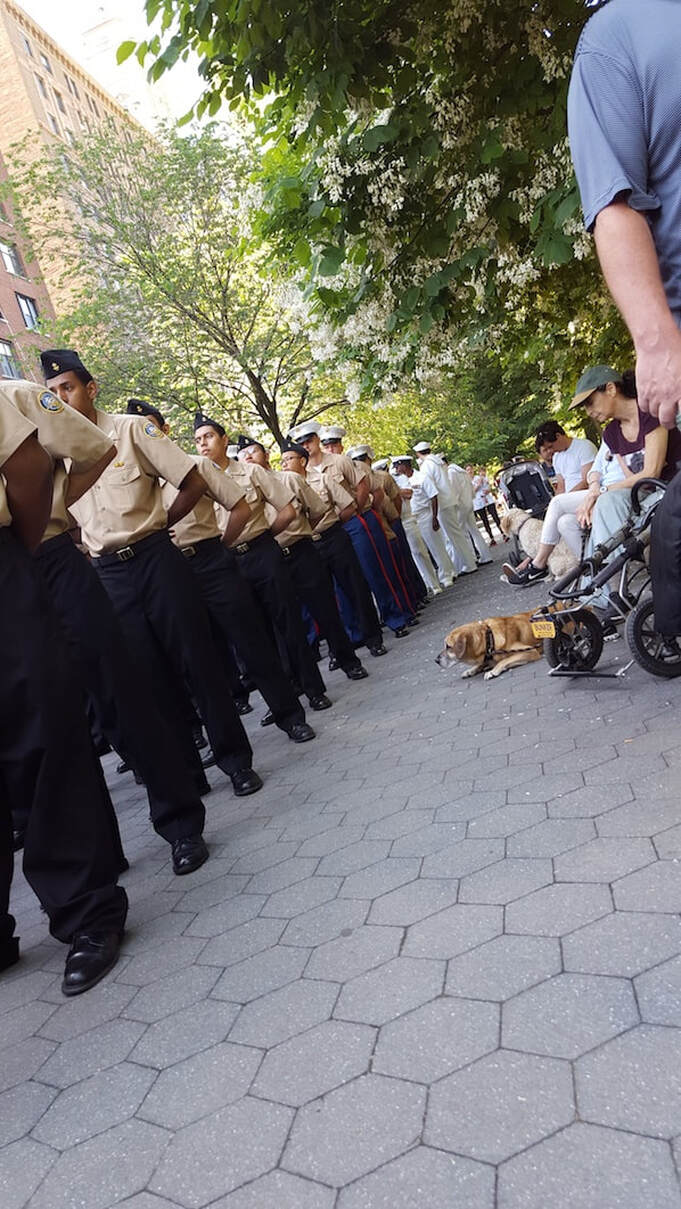
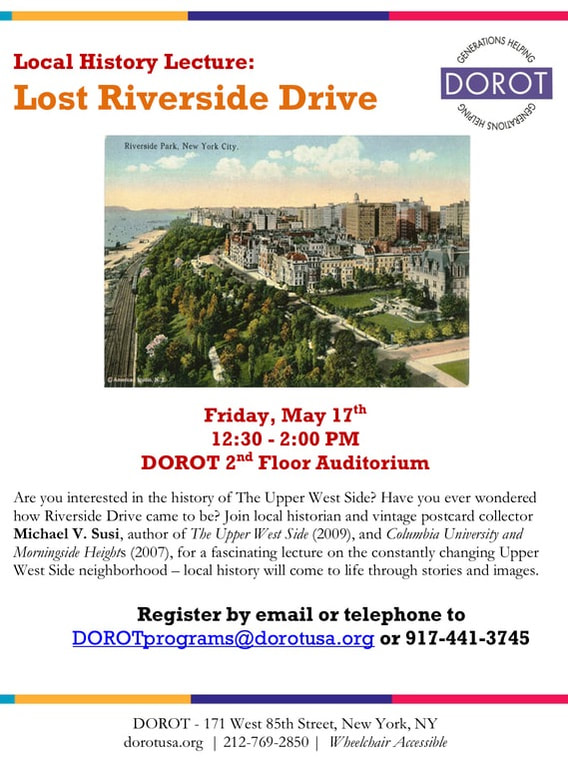
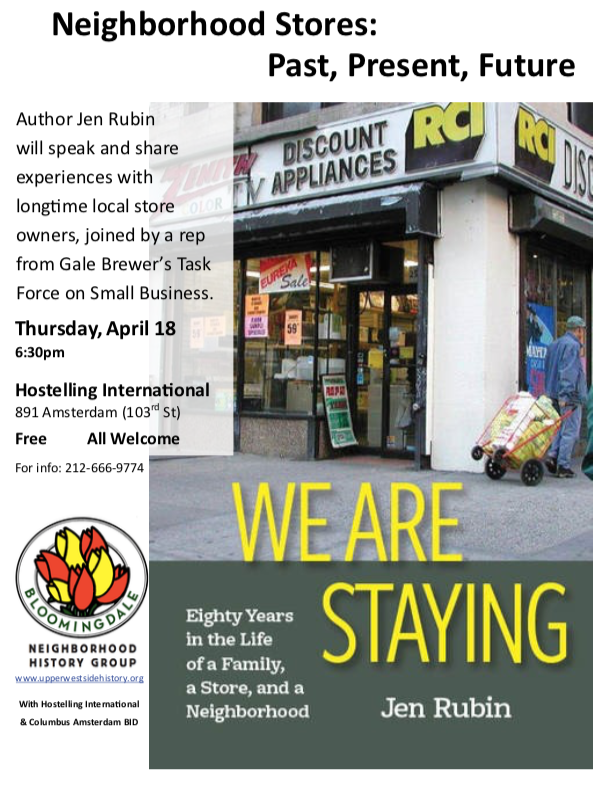
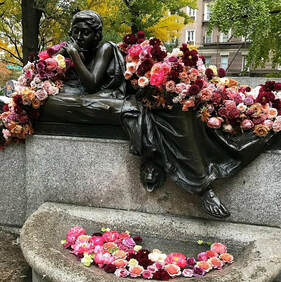
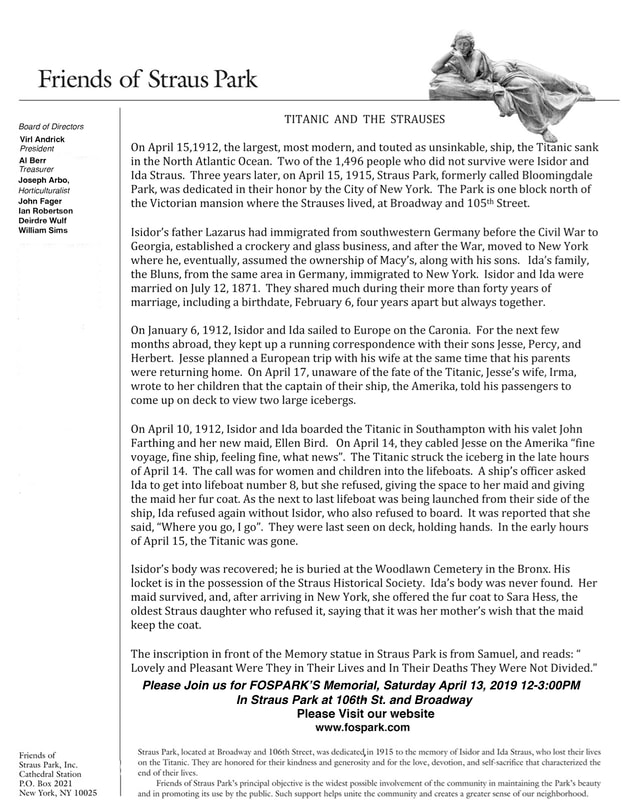
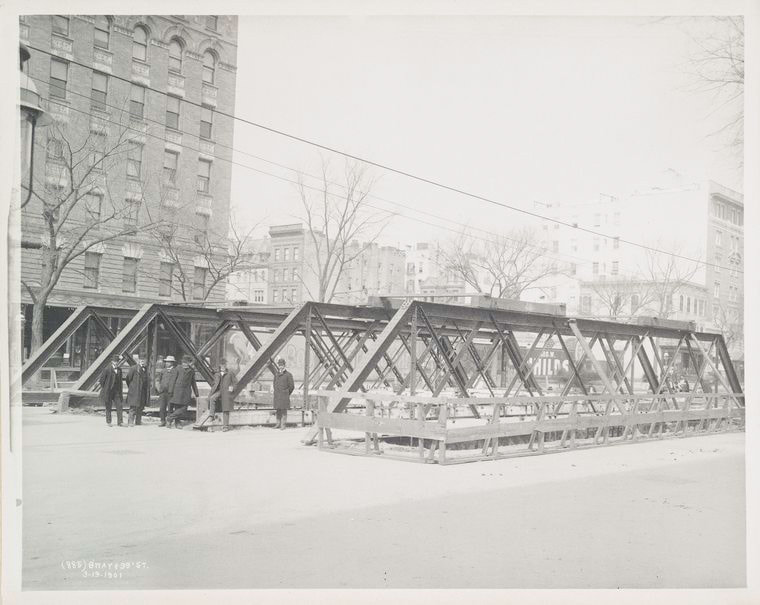
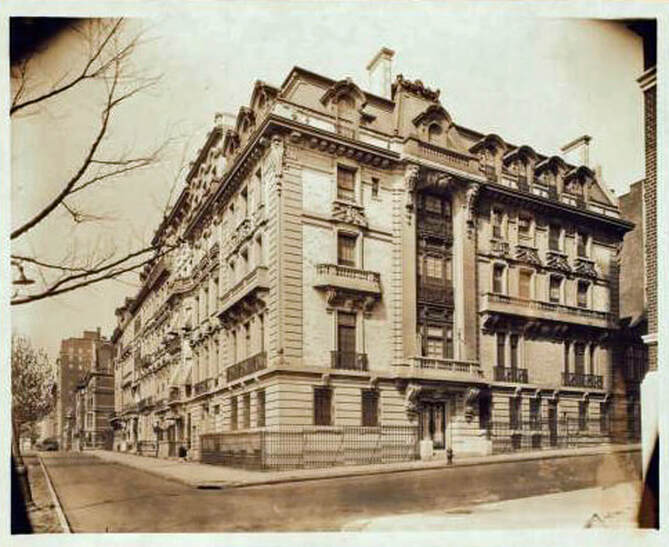
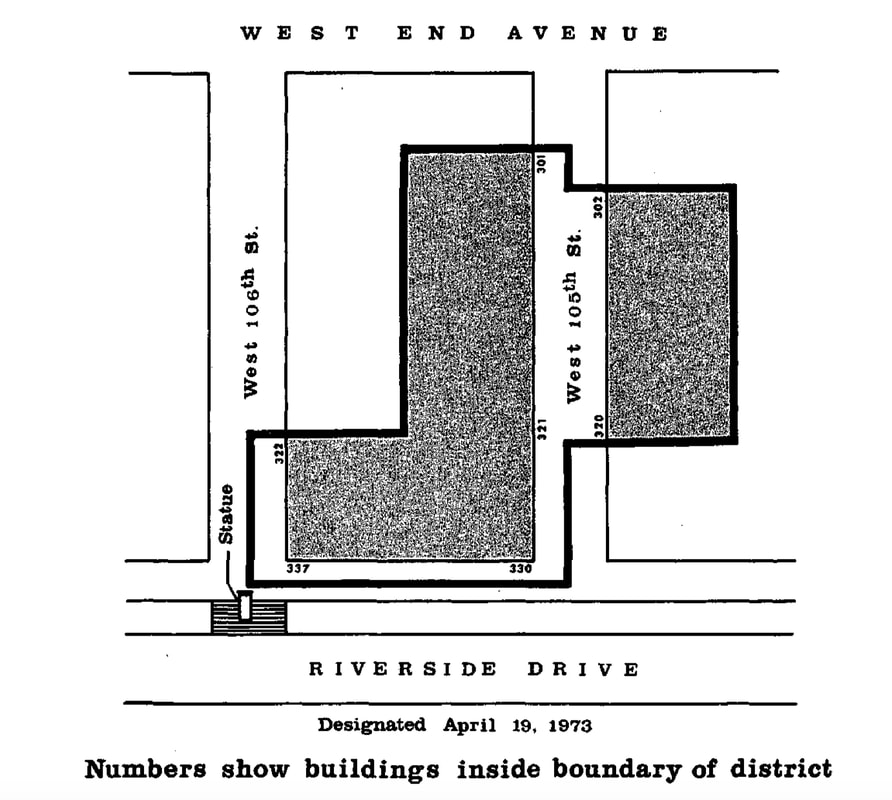


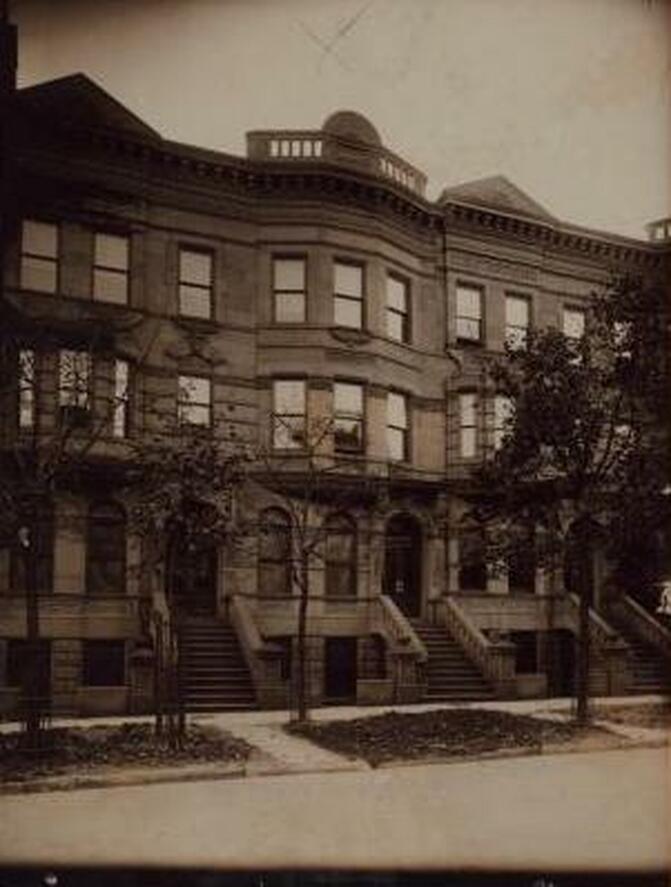
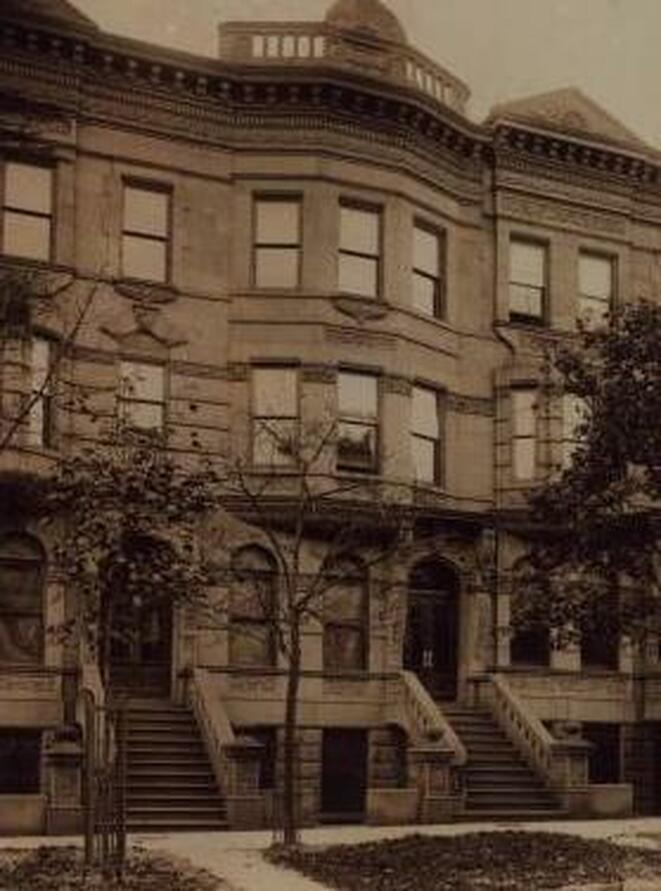
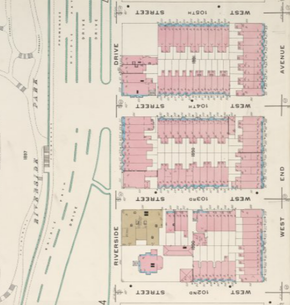
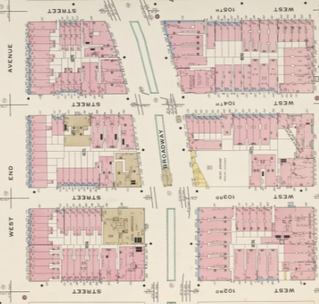
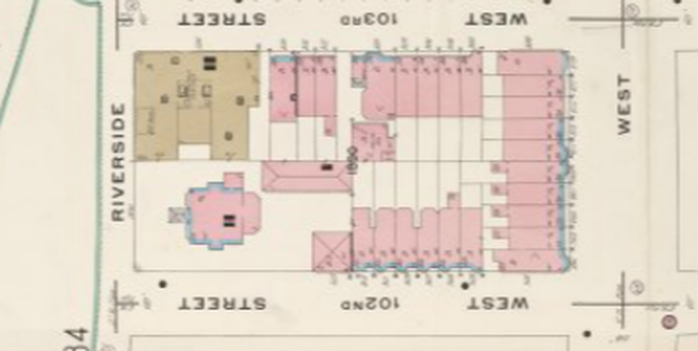
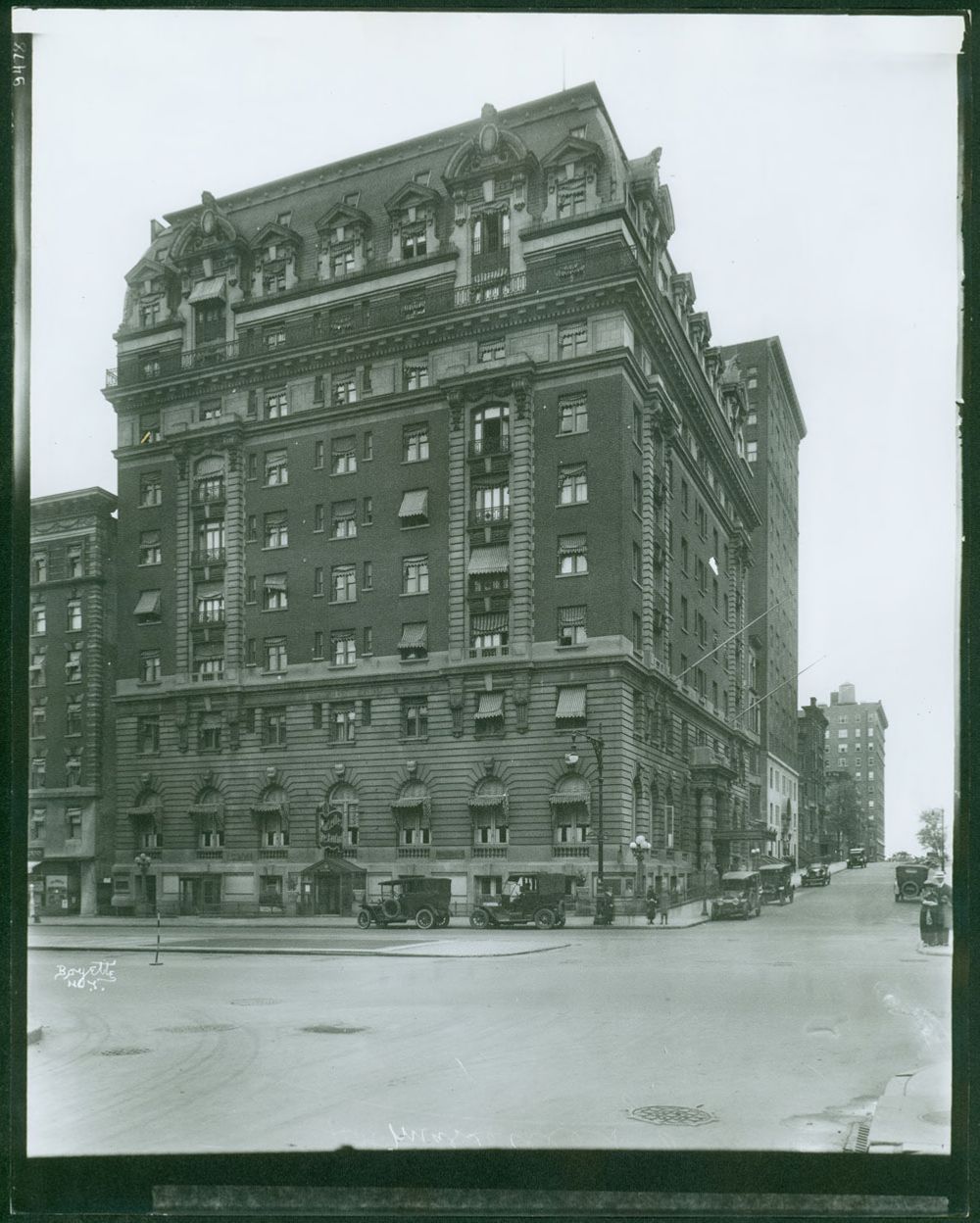
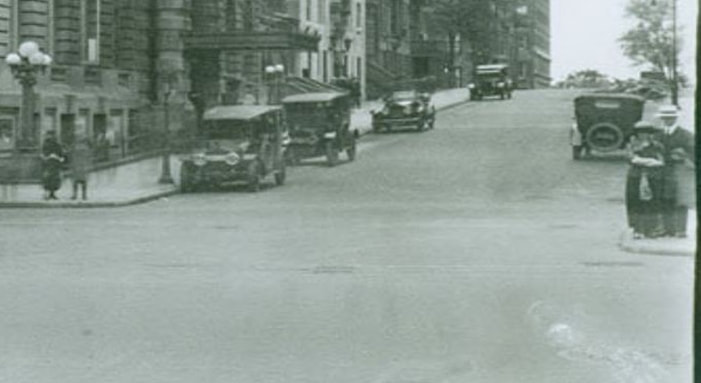
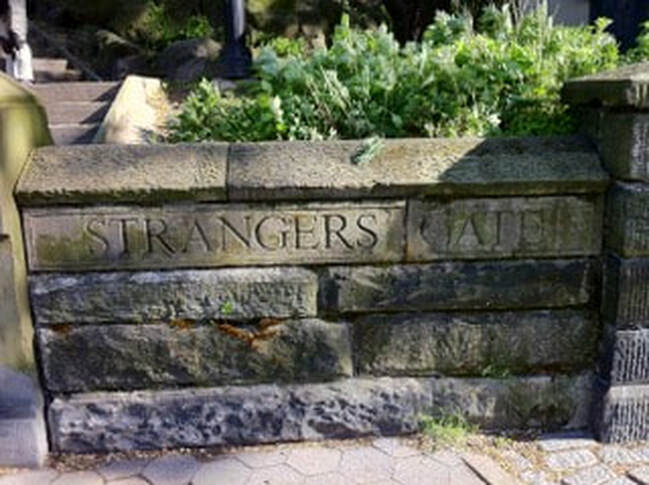
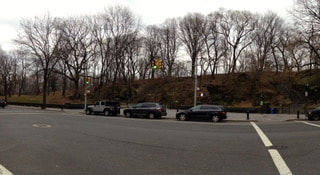

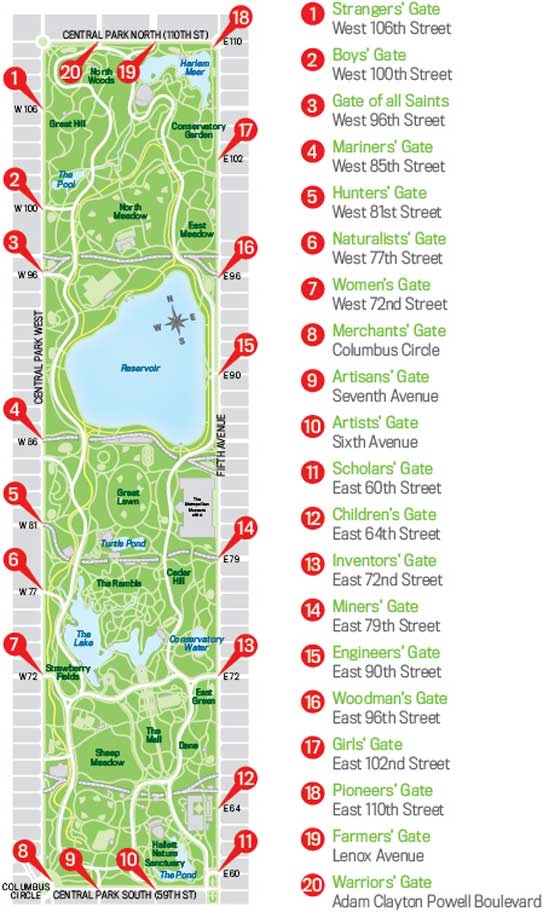
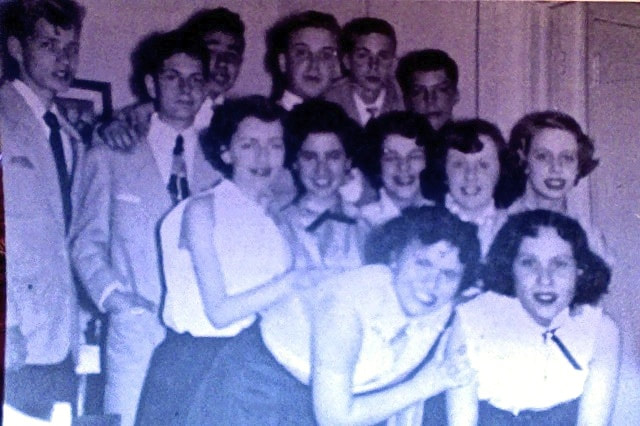
 RSS Feed
RSS Feed
